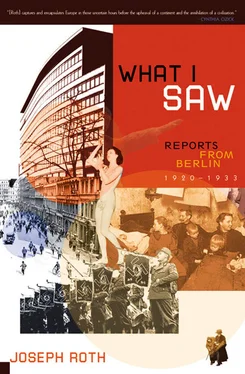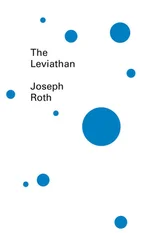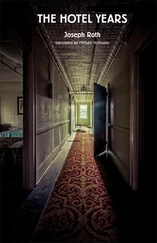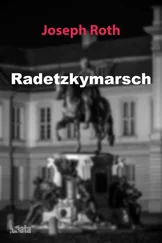Worst of all are the slow roadworks. I know of no other city where the streets are patched as glacially slowly as they are in Berlin. There are some corners where the paving stones are carefully lifted out every night and put back in the morning. Around midnight ten or twelve workmen start to lever out the paving stones and lay them by the side of the road. Then work begins on the underpinnings of the street, and on the streetcar tracks. Before the first tram comes through in the morning, the street has to be smooth again. It’s like replacing bandages every day after an operation. And there are too few men. Sometimes you see a sorry little bunch — three or four fellows — standing on a corner lifting stones either with some rudimentary equipment or even with their bare hands, pouring tar, eerily and garishly lit by bright darting flames, looking like bizarre seekers after treasure, lonely, mysterious, and contemplative.
These are a few of the more visible defects, and their causes. But there are other factors besides, which materialists would laugh to scorn, there are — I should like to whisper this, if only one could write in a whisper — there are: psst! metaphysical factors.
Much of the trouble and irritation in daily public life is the fault of the public, in other words the undisciplined character of the postwar generation, the bitterness that erupts out of people. I will be so bold as to offer this theory: that a bus full of rancorous, quarrelsome, and aggressive passengers is bound sooner or later to have a collision. The mood of the passengers communicates itself to the driver. Everyone is fed up. No one offers his seat to a woman. Everyone is at odds with everyone else. People send one another furious looks. This one is taken for a Jew, that one for a “Bolshie.” This lady’s fur is provocatively expensive. The woman sitting next to her is not only furious — which one could understand — she makes no secret of her fury. A mildly intoxicated bowling team boards the bus. They announce their political views at the tops of their voices, because that’s the most provocative way. If a woman is wearing a hat, they will stare her in the face. If she has a male escort, so much the better! At last a long-desired pretext for a quarrel or a fight. A catastrophe always seems just around the corner. You read the paper over the other man’s shoulder. You press him into the corner or against the side of the bus. You are your neighbor’s not keeper but policeman. If he stumbles, you shout at him to hold on to something. Everyone is an officious amateur conductor, and says: “Go to the back of the bus.” But because the other man is also an amateur conductor, he won’t do what you say.
Above all there’s a lack of personal discipline, manners, decorum, natural discretion. If everyone causes their own individual catastrophes, how can there fail to be more general catastrophes? After all, the passengers on a bus or streetcar make up a community of a kind. But they don’t see it that way, not even in a moment of danger. As they see it they are bound always to be the others’ enemy: for political, social, all sorts of reasons. Where so much hate has been bottled up, it is vented on inanimate things, and provokes the celebrated perversity of inanimate things. Sending experts into other countries won’t help much, so long as each individual refuses to work out his own personal traffic plan. There is a wisdom in the accident of language by which there is a single word, “traffic,” for movement in the streets, and for people’s dealings with one another.
On top of all the chronic traffic ailments of Berlin mentioned already, there is a new and acute one that threatens to eclipse them entirely. The subway is going on strike. The subway is Berlin’s most important traffic artery. The streetcar companies and the management of the bus companies have put out all their available vehicles. But they are not enough. The crush is extraordinary even when the weather is cool and dry. If we should get a wet November day, then there will be the long awaited gridlock. The Ministry of Labor is supposed to arbitrate in the conflict, but the employees of the Berlin subway have let it be known that they will not be bound by its decision. This seems to have provoked a catastrophic torpor in both the Ministry of Labor and the management. There is no movement, even though a strike by the Berlin subway is not just a private matter between employers and employees, but one that affects the welfare of the city, and even of the whole country.
Frankfurter Zeitung, November 15, 1924
15. Affirmation of the Triangular Railway Junction (1924)
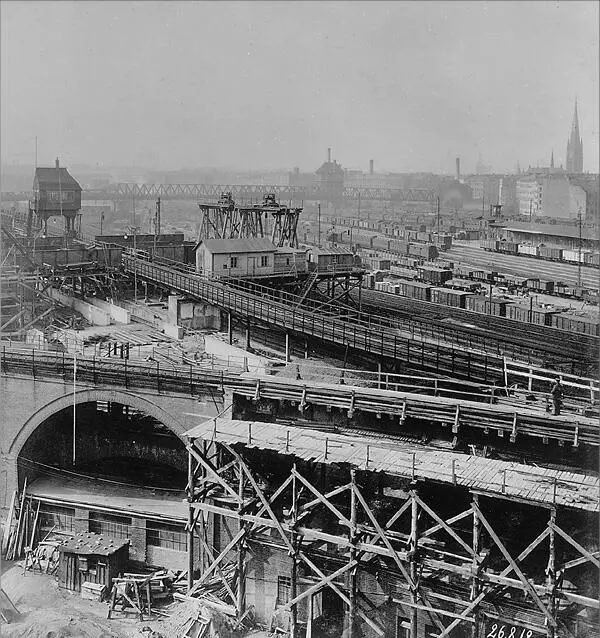
I affirm the triangular railway junction. It is an emblem and a focus, a living organism and the fantastic product of a futuristic force.
It is a center. All the vital energies of its locus begin and end here, in the same way that the heart is both the point of departure and the destination of the blood as it flows through the body’s veins and arteries. It’s the heart of a world whose life is belt drive and clockwork, piston rhythm and siren scream. It is the heart of the world, which spins on its axis a thousand times faster than the alternation of day and night would have us believe; whose continuous and never-ending rotation looks like madness and is the product of mathematical calculation; whose dizzying velocity makes backward-looking sentimentalists fear the ruthless extermination of inner forces and healing balance but actually engenders life-creating warmth and the benediction of movement. In the triangles — polygons, rather — of tracks, the great, shining iron rails flow into one another, draw electricity and take on energy for their long journeys and into the world beyond: triangular tangles of veins, polygons, polyhedrons, made from the tracks of life: Affirm them with me!
They are stronger than the weakling who despises them and is afraid of them. They will not merely outlast him: They will crush him. Whoever is not shattered and daunted and uplifted by the sight of them does not deserve the death that the divine machine is preparing for him. Landscape — what is a landscape? Meadow, forest, blade of grass, and leaf of tree. “Iron landscape” might be an apt description for these playgrounds of machines. Iron landscape, magnificent temple of technology open to the air, to which the mile-high factory chimneys make their sacrifice of living, brooding, energizing smoke. Eternal worship of machines, in the wide arena of this landscape of iron and steel, whose end no human eye can see, in the horizon’s steely grip.
Such is the realm of the new life, whose laws are immune to chance and unaffected by mood, whose course is merciless regularity, in whose wheels the brain works, sober but not cold, and sense, implacable but not rigid. For only stasis produces coldness, whereas movement, raised by calculation to the limits of the possible, always creates warmth. The weakness of the living, forced to give in to exhausted tissue, is not proof of life — and the durability of iron, a material that isn’t subject to fatigue, is no proof of lifelessness. In fact it is the highest form of life, livingness struck from unyielding, equable, steady material. What holds sway in the arena of my triangular railroad junction is the decision of the logical brain, which, to be sure of success, has implanted itself in a body of unconditional certainty: in the body of a machine.
That’s why everything human in this metal arena is small and feeble and lost, reduced to an insignificant supporting role in the grand enterprise — just as it is in the abstract world of philosophy and astronomy, the world of clear and great verities. A man in uniform wanders about among bewildering systems of tracks, a tiny human, in this context functioning only as machine. His significance is no greater than that of a lever, his efficacy no farther reaching than that of a set of points. In this world every human form of expression counts for less than the mechanical indication of an instrument. A lever is more important than an arm, a signal than a gesture. Here it is not the eye that is useful but the colored light, not the shout but the wailing whistle from an opened steam vent, here it is not passion that is omnipotent but regulation and law. *
Читать дальше
